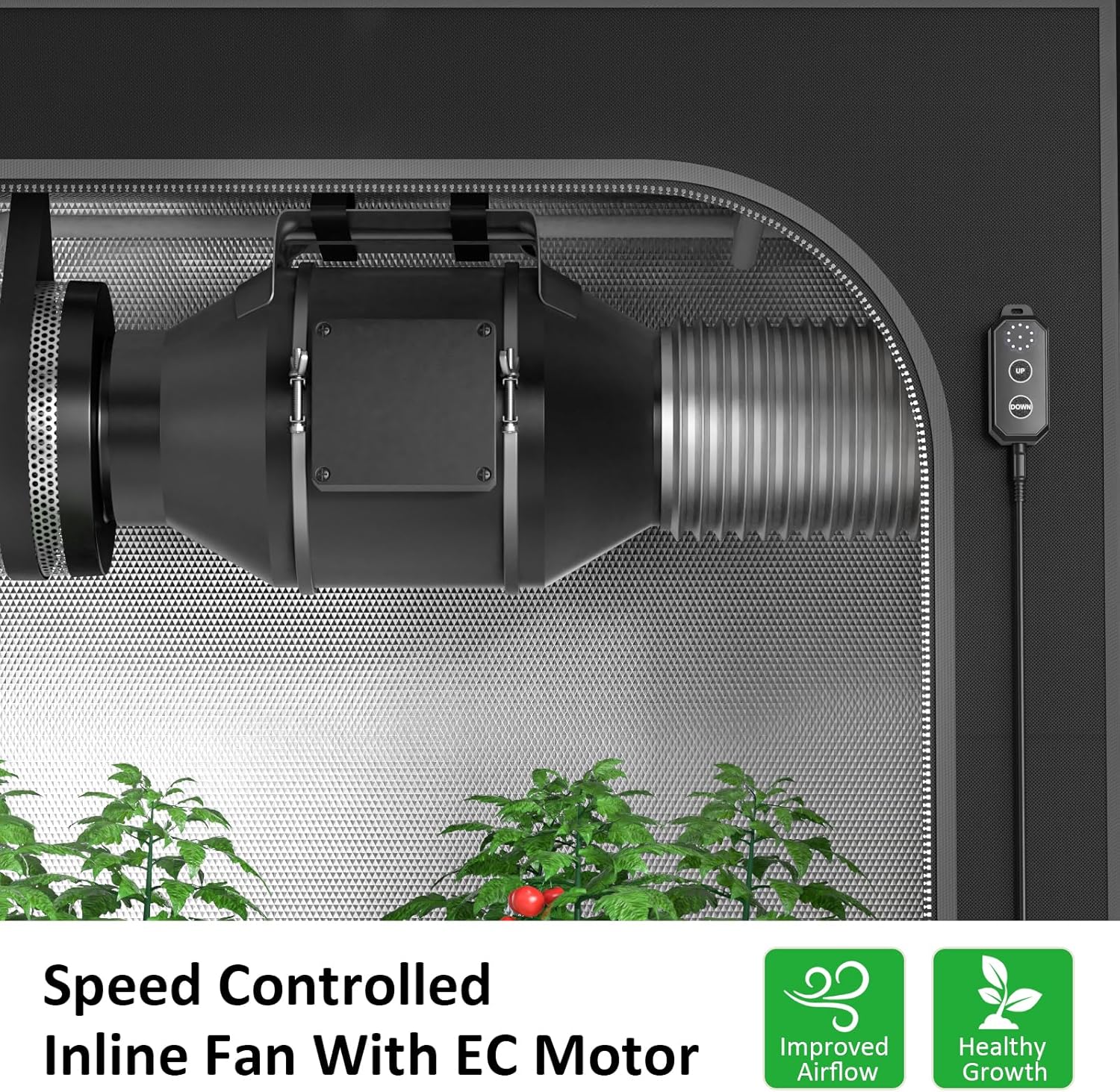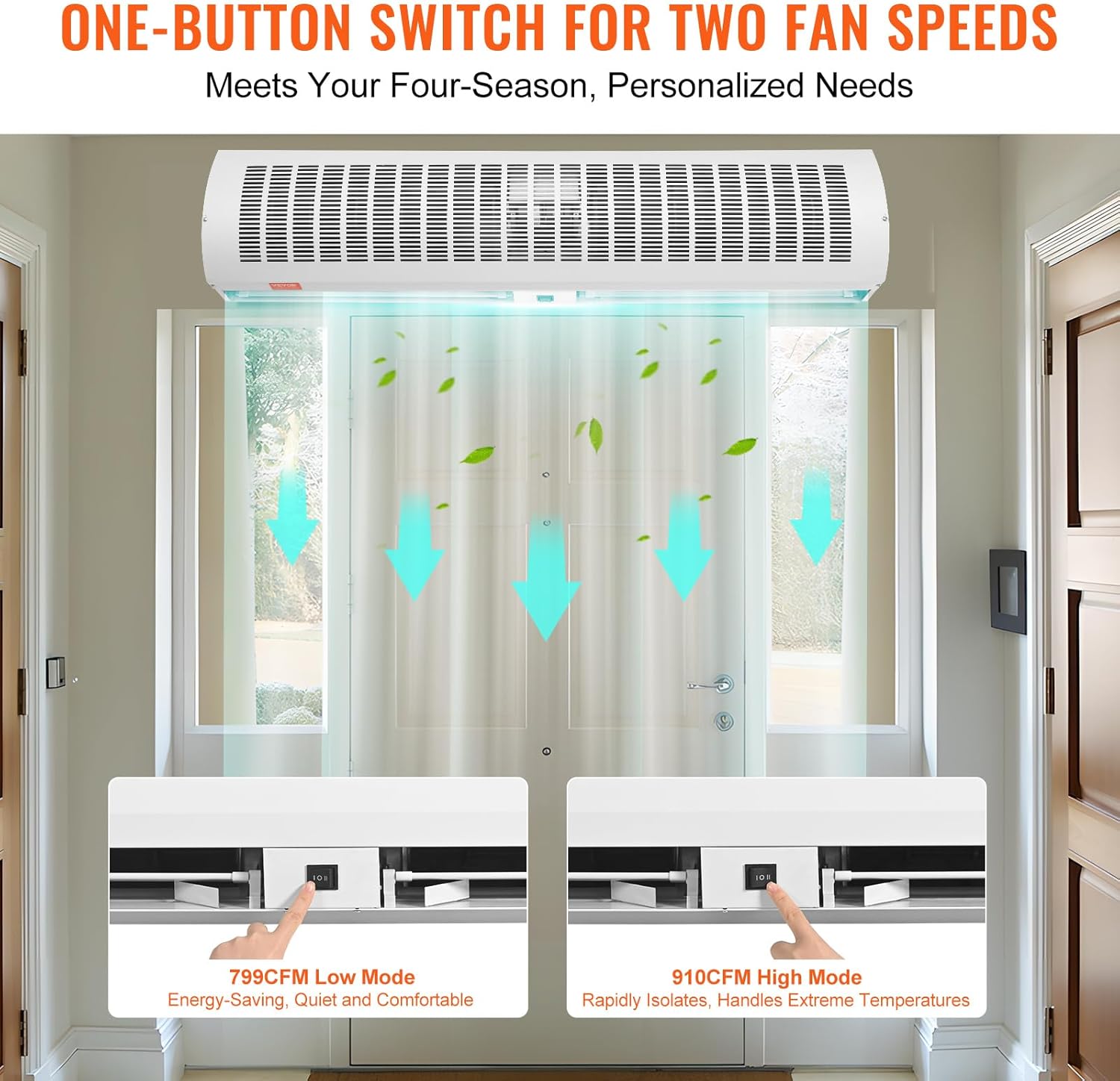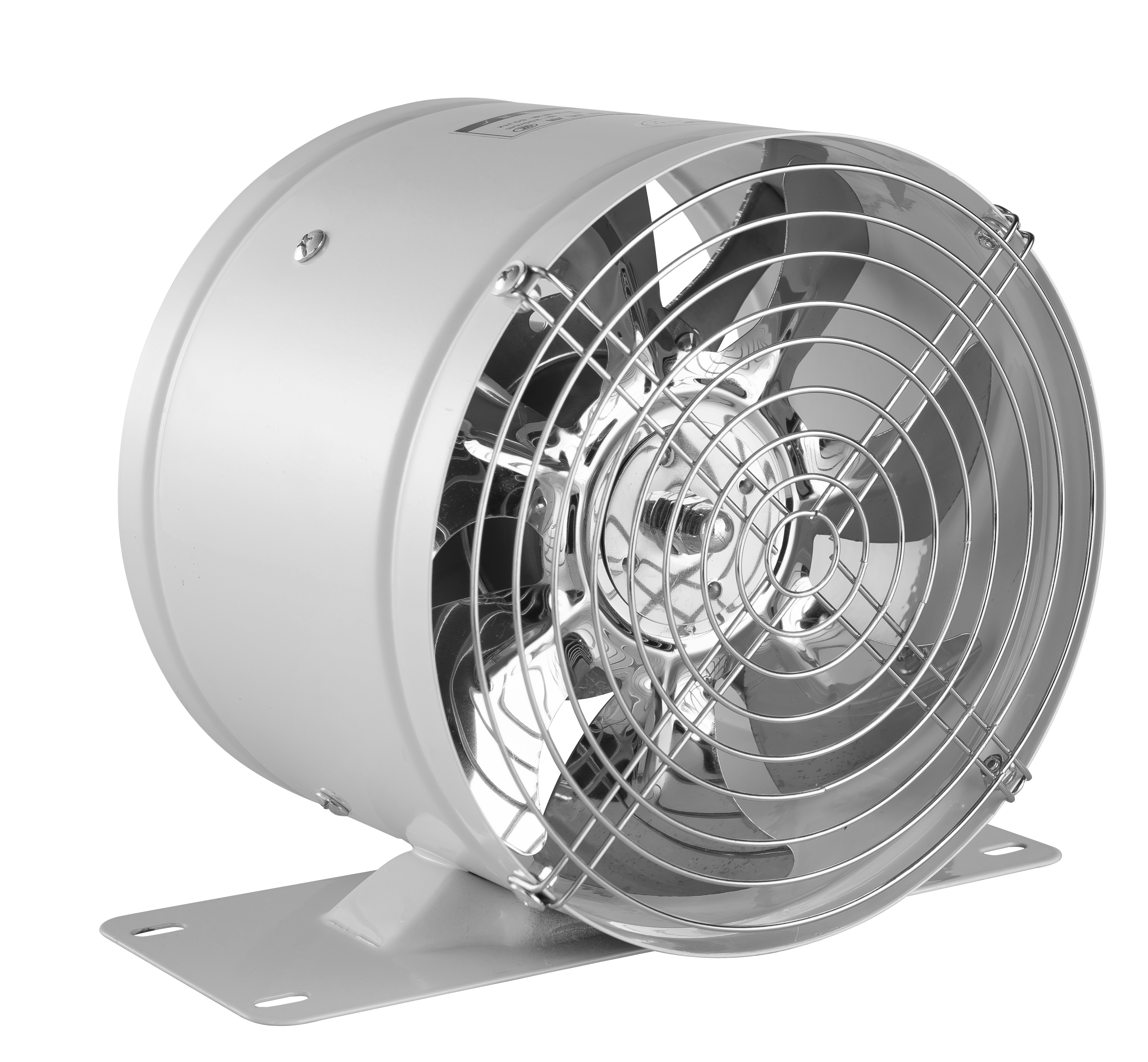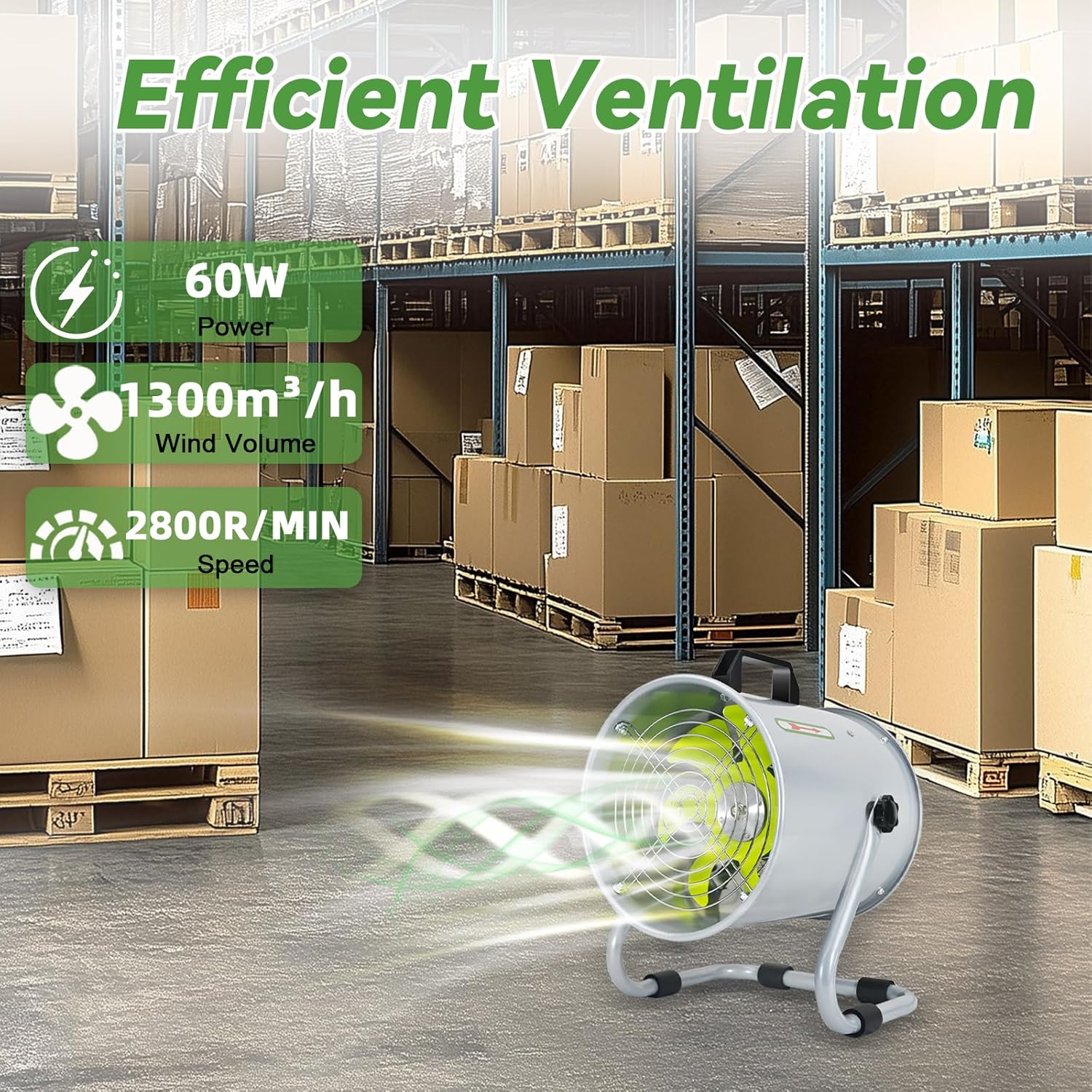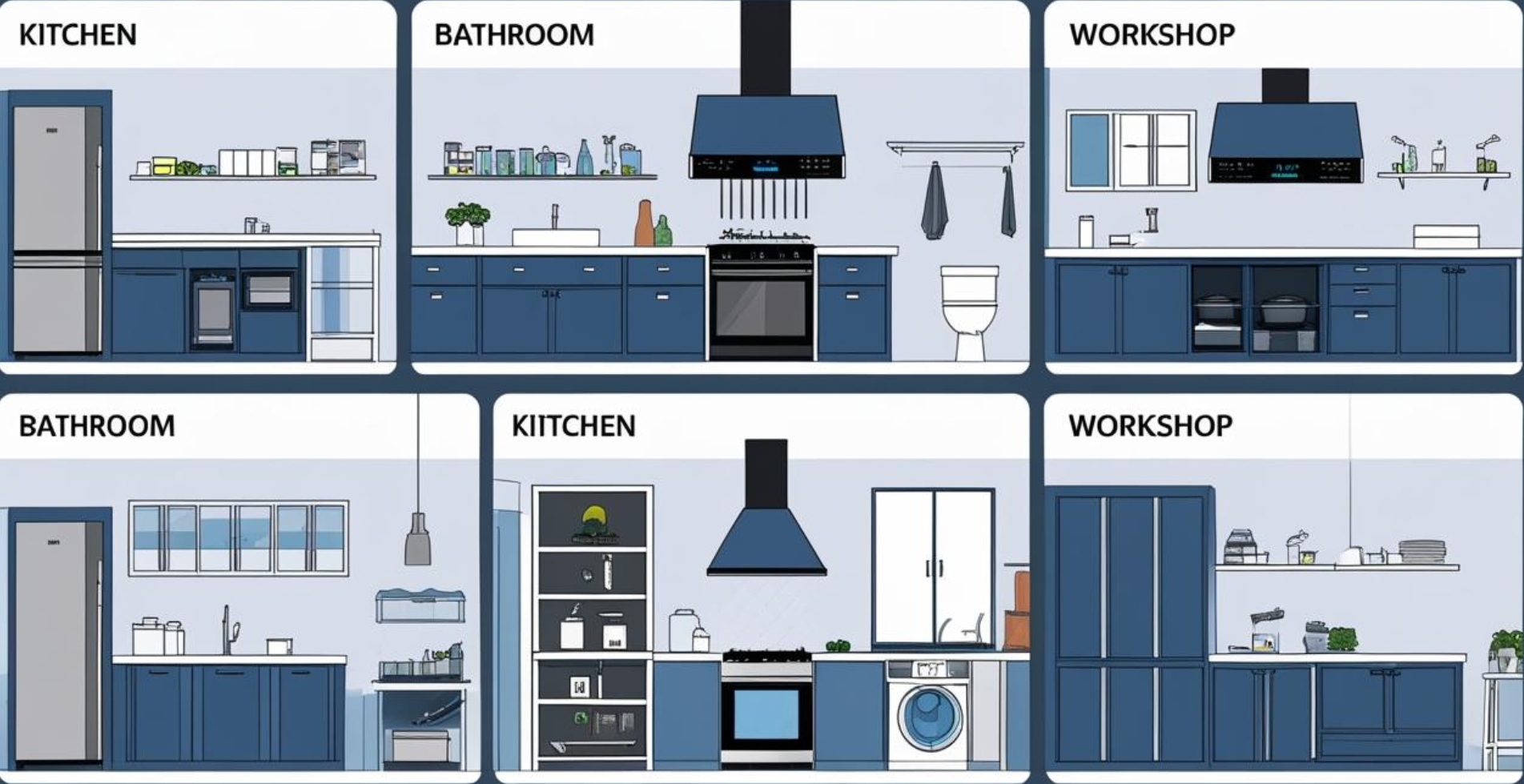Exhaust Fans: The Silent Problem You Didn’t Know You Had
In residential and light commercial environments, exhaust fans are essential for removing humidity, heat, and odors. But they often introduce an overlooked issue —excessive noise. Standard ventilation fans may operate at50–60 dB, the equivalent of constant background chatter.
That might be acceptable in industrial settings, but in small enclosed rooms or quiet areas, it's a problem.
Side-by-Side: Traditional Fans vs. AosAir Low Noise Fans
| Feature | Traditional Exhaust Fan | AosAir Low Noise Fan |
|---|---|---|
| Noise Level | 50–65 dB | 28–35 dB |
| Motor Type | AC motor | EC/brushless motor |
| Vibration Control | None or minimal | Balanced blades + housing pad |
| Best Use Case | Warehouse, garages | Bathrooms, tool closets |
| User Comfort | Moderate to low | High |
| Energy Efficiency | Basic | Smart-speed, optimized |
Why You Should Choose Low Noise Exhaust
-
Improved sleep qualityin residential setups
-
More focus and comfortin home offices or study rooms
-
Professional imagein service-based businesses
-
Better air qualitywithout sacrificing peace and quiet
When noise levels drop below 35 dB, fans become virtually imperceptible — a crucial upgrade for sensitive environments.
How AosAir Achieves Ultra-Low Noise Performance
Every AosAir low noise exhaust fan is engineered with:
-
Aerodynamic airflow pathsto reduce turbulence
-
Anti-resonant fan mountsfor minimal vibration
-
Brushless motorsfor quiet, smooth rotation
-
Double-insulated casingsto absorb mechanical noise
-
Optional speed controlsfor low-speed silent mode
These features allowlong-term operationin confined spaces without disturbing people, pets, or workflows.
Real-World Use: Home Recording Studio
A small audio studio in Seoul, Korea, integrated an AosAir 6” inline fan into their ventilation system. It replaced a conventional ceiling-mounted unit that interfered with recordings. Post-installation, airflow remained effective, and ambient noise dropped below microphone pickup thresholds — all without adding acoustic panels.
Applications Where Low Noise Matters Most
-
Tool rooms in homes or apartments
-
Guest bathrooms or powder rooms
-
Walk-in closets or AV storage spaces
-
Basement hobby rooms or studios
-
Office server corners or supply closets
These environments benefit fromair exchangewithout compromisingacoustic tranquility.
Quiet Airflow, Real Benefits
If you’re still using a loud exhaust fan, it may be doing its job — but at the cost of your comfort. WithAosAir’s low noise exhaust fansolutions, you get the performance you need, without the disruption you don’t.
Upgrade to low-noise airflow today →https://aosair.com/
AosAir — Quiet Engineering for Better Living.

